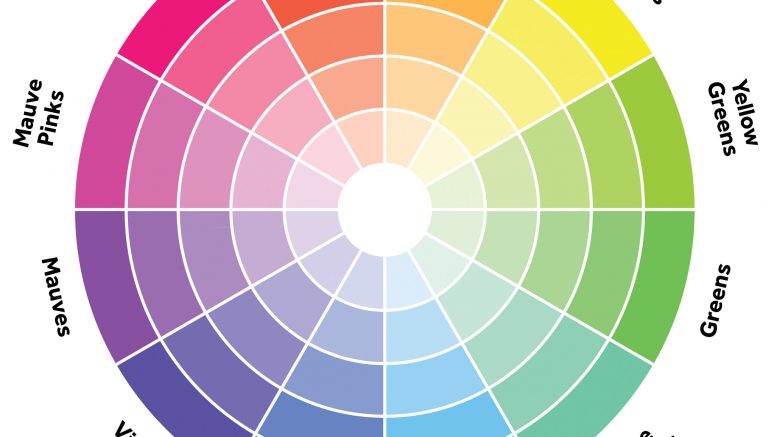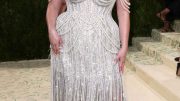Colorblocking: the use of incorporating two or more compatible solid colors within an outfit. Although this definition is relatively straightforward, colorblocking is very advanced in the world of fashion. It requires an acute understanding of what combinations of two, or even three, solid colors compliment each other well. This may leave some students thinking that understanding how to colorblock is not worth the time. However, such a vital aspect of your style is not to be ignored. This short article will clearly teach you how to properly colorblock your outfits.
Although three colors provides a larger scope for creativity and variety within an outfit, a cohesive, fashionable look can still be constructed with two solid colors. The best place to start if you are a beginner is to pair a neutral, non-pigmented or muted color with a vibrant, bright color. An example of this could be a black pant coupled with a bright pink or bright orange sweatshirt. This common form of colorblocking is stylish because it is just the right amount of bold. Two bright colors together typically overpower an outfit, making you look like a highlighter, and two muted colors can generally feel boring. However, a pair of one bright and one muted garment achieve a perfect medium.
A complete monochromatic outfit is also another form of colorblocking. Such a method can be particularly appealing because the number of solid colors within the entire outfit is a non-factor. Another way of thinking to achieve a monochromatic look is to choose clothes which are right next to each color in the color wheel, for instance, a turquoise sweater with navy pants. However, I personally consider this colorblocking option high-risk. Many debonair outfits produced by designer fashion houses or worn by models and celebrities took on a monochromatic form of colorblocking. However, the risk associated with monochromatic looks is the possibility of too little contrast. Although clothes with the same exact color easily produce a cohesive look, clothes with only slight differences in pigmentation completely destroy an outfit. Overall, when attempting to pull off a monochromatic outfit, make sure there is either noticeable contrast or absolutely no contrast.
One of the classics in colorblocking is incorporating complimentary colors. The name pretty much speaks for itself: both colors compliment each other. A rather eccentric yet fashionable colorblocked outfit could be a pink button-down with a blue-green blazer and dress pant, for example. For a more casual, street-style aesthetic, a red beanie and sneakers paired with a navy blue overcoat and ripped jean would also make use of the complimentary color scheme. The reason these colors seem so appealing to the eye is similar to the appeal created from a bright pigmented piece of clothing paired with a neutral muted piece of clothing, being that both forms of colorblocking incorporate opposites with each other. The stark contrast of both colors, in essence, create a midpoint which does not appear too bland nor too obnoxious or loud.
These are some of the basic colorblocking techniques which you can regularly use to enhance your style. However, I encourage you to look for or experiment with other colorblocking methods and step out of your comfort zone. Although combining colors properly may seem too cumbersome a task, I can assure you, in the world of colorblocking, practice makes perfect.






Be the first to comment on "How to “Colorblock” Your Outfits"